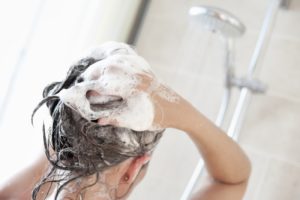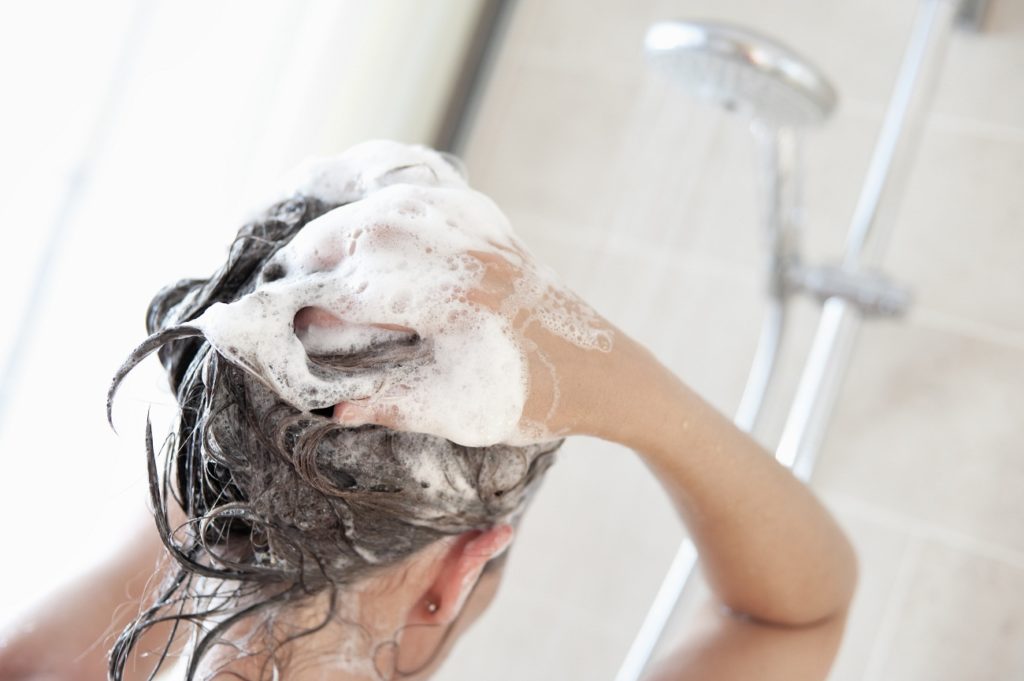 When we think about eliminating toxins, we often think in terms of food and what we put into our bodies; however, what we choose to put on our bodies can be equally important in determining our toxic load.
When we think about eliminating toxins, we often think in terms of food and what we put into our bodies; however, what we choose to put on our bodies can be equally important in determining our toxic load.
Our skin is our largest organ and it quickly absorbs all the soaps, washes, lotions and creams we put on it. This includes toxic ingredients that lurk in many of the products we may be using daily. Think shampoos, conditioners, soaps, body washes, deodorants, lotions and even makeup and fragrance. In fact, in a 2010 report from the the Environmental Working Group (EWG) in support of the Campaign for Safe Cosmetics, it stated that popular fragrances were found to contain an average of 14 undisclosed chemicals, 66% of which were not assessed for safety.
It’s up to us as consumers to do our digging and read labels diligently in order to protect ourselves from toxic ingredients. Here is a short list of the Top 5 Toxins to look for (and avoid!) in personal care products:
- Parabens – a type/ category of preservative often used in shampoos, conditioners, lotions and cleansers to prevent the growth of microbes. Parabens cause endocrine disruption and have potential reproductive and development toxicity. You can identify parabens by the word ‘paraben’, eg. butylparaben.
- Phthalates – are found in fragrances, color cosmetics, and scented body washes and hair care products. They have been linked to endocrine disruption, reproductive toxicity and cancer. You can identify phthalates by the word ‘pthalate’, ‘DEP, DBP, DEHP’, and ‘fragrance’.
- Triclosan – also known as triclocarbon is an antimicrobial agent found in many foaming handsoaps and detergents, as well as in some toothpastes and deodorants. Triclosan is an endorcrine disruptor linked to antibacterial and antibiotic resistance and can be identified by the words ‘triclosan’ or ‘triclocarbon’.
- Coal Tar – a known carcinogen that comes from burning tar, this is found in some shampoos, soaps and most frequently in hair dyes. It has been linked to cancer and organ system toxicity and can be identified by the words ‘estar’, ‘lavatar’ and more…
- Fragrance/Parfum – this encompasses a wide variety of synthetic scent and scent-releasing chemicals. This umbrella term for an innumerable amount of unnamed ingredients is found in all sorts of scented products, not just perfumes. Fragrance has been linked to cancer, reproductive toxicity an allergies/ skin sensitivities
To avoid these ingredients, try switching out your personal care products one at a time. Start with the things you use on your whole body on a daily basis (think soaps, body washes, lotions) and go from there. Opt for products that have a small ingredients list with identifiable ingredients and, if possible, choose certified Organic products when you can.
For scented products, look for essential oils on the ingredients list rather than the word ‘fragrance/parfum’. This way you can enjoy natural scents without the risk. They will be listed individually. For example, ‘orange essential oil’ or ‘orange oil’.
Interested in changing out your perfume for something natural and customized for you? Book a Custom Perfume Blending Session with me. Contact the clinic to book or e-mail kate@nbnaturals.org.
For more options for natural personal care products, check out NB Naturals – now sold at Vibrant Living!
